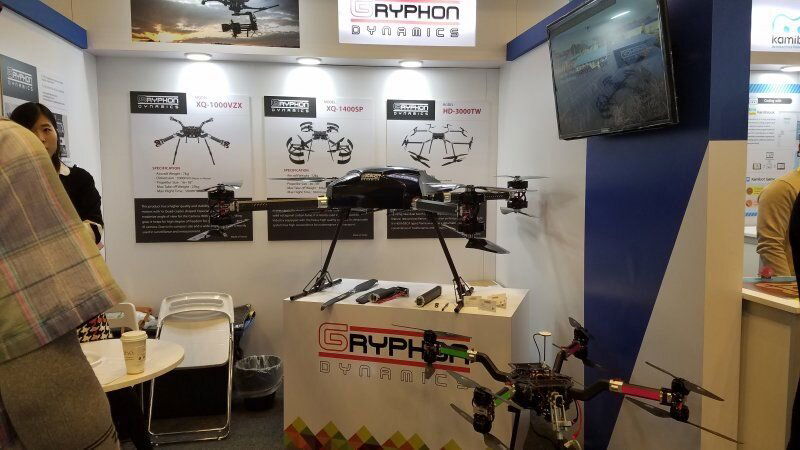Welcome to our 2017 CES Forum!
- Thread starter Scott Greczkowski
- Start date
- Latest activity Latest activity:
- Replies 39
- Views 5K
You are using an out of date browser. It may not display this or other websites correctly.
You should upgrade or use an alternative browser.
You should upgrade or use an alternative browser.
I blame Apple and their apparent inability to give their phone cameras the feature to take anything but ginormous pictures.Isn't kind of some irony. Everything about Electronics show but slow internet.
And yet people still seem to think that OTT is going to take over the world. That's what happens when Netflix outpaces pron as the most watched video source in hotels and motels.
I think there are plenty of megapixel sensors in non-Apple smartphones as well. Plus, there are rigs like the Livestream and Teradek that allow bloggers and pretty much anyone with a HDMI-equipped video camera the ability to broadcast via cellular 3G/4G/LTE carriers. Or, go crazy with the Streambox VETA™ and use up to ten cellular & WiFi modems to grab the best channels and multiplex your signal to home base.I blame Apple and their apparent inability to give their phone cameras the feature to take anything but ginormous pictures.
I think there are plenty of bandwidth hogs out there on the CES show floor, not just Apple.
I blame Apple and their apparent inability to give their phone cameras the feature to take anything but ginormous pictures.
And yet people still seem to think that OTT is going to take over the world. That's what happens when Netflix outpaces pron as the most watched video source in hotels and motels.
This is building the car before the gas station is built. Plus its like putting your shoes on without your socks on.
The key difference is that the non-Apple phones allow you to choose how you save the files. Apple seems to be in a rather huge crush to get people spending money on shipping stuff up to their iCloud.I think there are plenty of megapixel sensors in non-Apple smartphones as well.
Although any reporter or blogger at CES is not going to be taking 640x480 pictures of the new toys. I'm willing to bet that if there was a way for the iPhone to take RAW, serious photographers would use it. Likewise, any Android user with a megapixel phone is going to be "screw everyone else, I'm taking the best pictures I can".The key difference is that the non-Apple phones allow you to choose how you save the files.
But I think I get where you were going with your gripe. iCloud automatically uploads full-rez photos to Apple's servers, and bam! there goes the bandwidth. I don't sync unless I'm on WiFi, but I could see using cellular coverage if I was taking pictures for an unrepeatable event and I wouldn't want to lose the pictures.
I don't use Google Photos or Dropbox to save photos, so I don't know if they have a way to minimize bandwidth while syncing content over cellular data, or of down-rezing photos to cut down on the bandwidth need.
That's one side, but if you know the pictures are going to end up as attachments on a forum or used for on-screen display, it isn't necessary to have them floating around at 4xxx X 3xxx resolution. With iOS and its built-in camera app, you're not afforded that choice.Likewise, any Android user with a megapixel phone is going to be "screw everyone else, I'm taking the best pictures I can".
It isn't just the bandwidth, but the additional storage required. Of course you can mail it to yourself and use the scaling feature of the e-mail client, but that's just stupid.
Anyone on the CES floor is not going to be your average user, they are (supposed to be) professionals from the media and consumer electronics business. That's why I don't think much concern is being given to saving space or bandwidth on the images that are captured during the show. Since the original comment related to the poor state of Internet connectivity during CES, I think I'll stick by my responses.
And while I don't have the ability to reduce the size of the pictures I take using my iPhone's camera app, it's not been an issue for me since I regularly sync/upload my camera roll onto my Mac. Last time I was at CES, I used both iPhone and Nikon cameras since the iPhone is a fixed field of view and there are times for a telephoto or normal 50mm - 90mm equivalent focal length. I was able to get a respectable Internet upload from the hotel I was staying at since I'd been warned about the crappy data speeds on the show floor. However, the few posts I made using the SatelliteGuys app from the Dish booth seem to upload pretty quickly.
Anyway, thanks for your comments, harshness, I will check out some of the other camera apps on the App Store for some that allow the ability to reduce the picture quality or size since my Nikon gives me that option and sometimes it's nice to have in an emergency.
And while I don't have the ability to reduce the size of the pictures I take using my iPhone's camera app, it's not been an issue for me since I regularly sync/upload my camera roll onto my Mac. Last time I was at CES, I used both iPhone and Nikon cameras since the iPhone is a fixed field of view and there are times for a telephoto or normal 50mm - 90mm equivalent focal length. I was able to get a respectable Internet upload from the hotel I was staying at since I'd been warned about the crappy data speeds on the show floor. However, the few posts I made using the SatelliteGuys app from the Dish booth seem to upload pretty quickly.
Anyway, thanks for your comments, harshness, I will check out some of the other camera apps on the App Store for some that allow the ability to reduce the picture quality or size since my Nikon gives me that option and sometimes it's nice to have in an emergency.
When I upload photos to SatelliteGuys I am given an option of how big I want to make the pictures as seen below. I select medium on my pictures.

Sent from my iPhone using the SatelliteGuys app!
Sent from my iPhone using the SatelliteGuys app!
This iOS shortcoming was there before and will likely remain long after CES. Apple hasn't announced any plan to reduce the grotesque amount of space required (other than optionally severing the context animations) for storing photographs.That's why I don't think much concern is being given to saving space or bandwidth on the images that are captured during the show.
This is just one of the reasons that the wireless bandwidth can't seem to get ahead of demand.
This is, perhaps not obviously, a function of the forum reader app.When I upload photos to SatelliteGuys I am given an option of how big I want to make the pictures as seen below.
With the higher resolution iPhone cameras, the images are frequently in the 3.xMB range per picture (at 4032x3024 pixels) which is about 8x the size the file you're currently seeing.
Some more show pics but so many vendors it was crazy. Show gets bigger every year. Pretty much too big now.
Show floor:
Only a small sample. I defy anyone to walk the show for a full 3 or 4 days and NOT be ready to chop their legs or feet off from the pain of walking so much!
Infinity (almost):
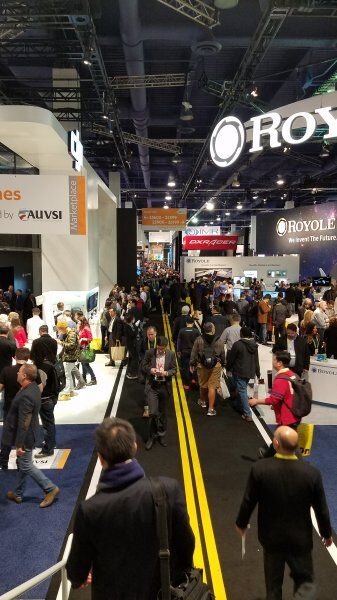



3D Printing:
On the rise, especially for the average hobbyist. Even saw one for industrial printing with metal.
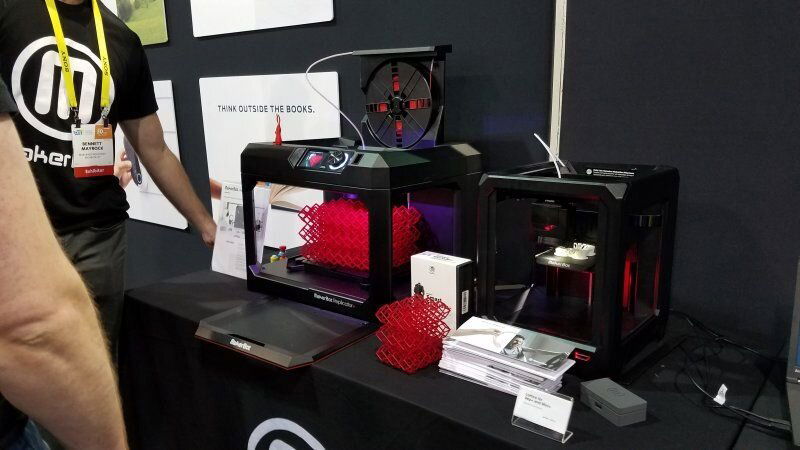

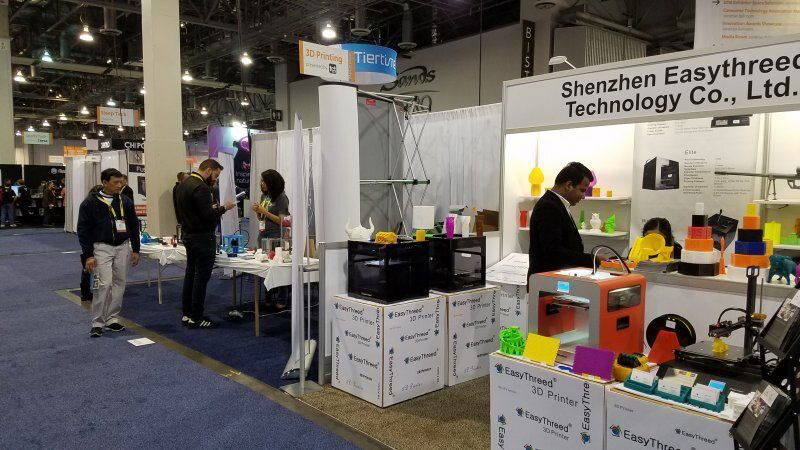

And yes, even print you a breakfast for those non-creative types:

Drones:
Too many vendors to keep track of. Focus was mostly on the consumer but saw plenty who had massive drones for much larger projects like movies and very remote/dangerous applications.
In case you wanted to know where drones live, now you know.


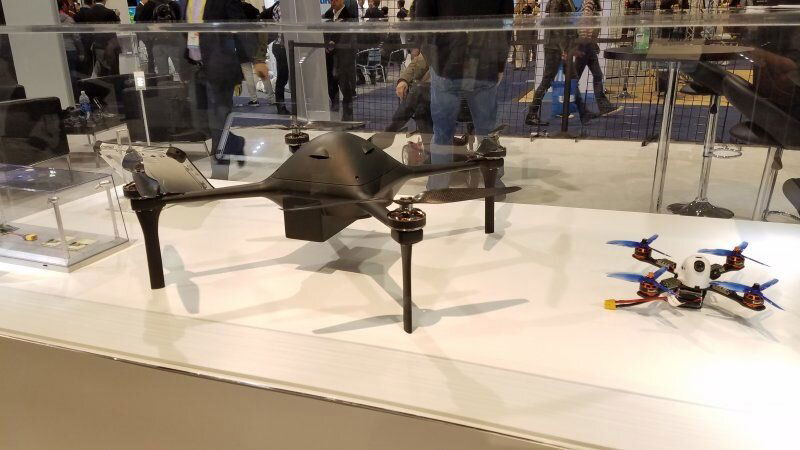
Pets:
This one made me laugh. Over $400 to not be lazy with a cat (and we have four ourselves with one nice, clean plastic box).



Sports:
Needless to say, most of the displays were 'interesting' to look at. That girl could out pull-up any one of us!



Show floor:
Only a small sample. I defy anyone to walk the show for a full 3 or 4 days and NOT be ready to chop their legs or feet off from the pain of walking so much!
Infinity (almost):




3D Printing:
On the rise, especially for the average hobbyist. Even saw one for industrial printing with metal.




And yes, even print you a breakfast for those non-creative types:

Drones:
Too many vendors to keep track of. Focus was mostly on the consumer but saw plenty who had massive drones for much larger projects like movies and very remote/dangerous applications.
In case you wanted to know where drones live, now you know.



Pets:
This one made me laugh. Over $400 to not be lazy with a cat (and we have four ourselves with one nice, clean plastic box).



Sports:
Needless to say, most of the displays were 'interesting' to look at. That girl could out pull-up any one of us!



It's a feature of the iOS version, at least the one I use on my iPhone 6.This is, perhaps not obviously, a function of the forum reader app.
You piqued my curiosity so I checked on some recent images from the holidays. Looking at some pictures I took from Christmas time they ranged from 1.1 to 2.9 megabytes in size, even at the full 3,264 × 2,448 pixel size. I can see how the iPhone 6s/7 with the larger sensor could easily average 3+ megabytes.With the higher resolution iPhone cameras, the images are frequently in the 3.xMB range per picture (at 4032x3024 pixels) which is about 8x the size the file you're currently seeing.
Since I don't have a Samsung phone, what is their picture file size for the full-resolution?
(Guess it's a good thing CES 2017 is over since we've hijacked this thread into the weeds!)
Part II.
Robots:
One would think we as humans are doomed a lot faster than we ever imagined with all these sweet to just plain scary robots we are creating to replace us.

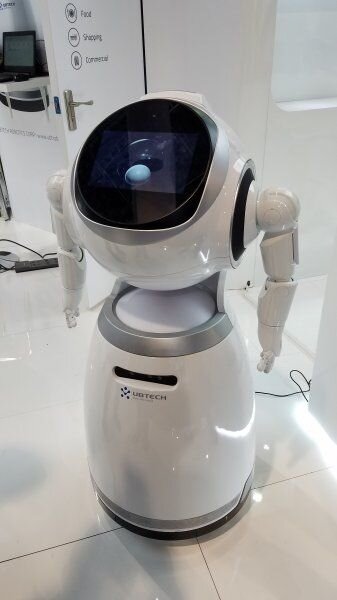








These buggers are just the smaller versions of the ones that will take over. Here doing their victory dance.

TV:
8K is coming. From many different vendors, too
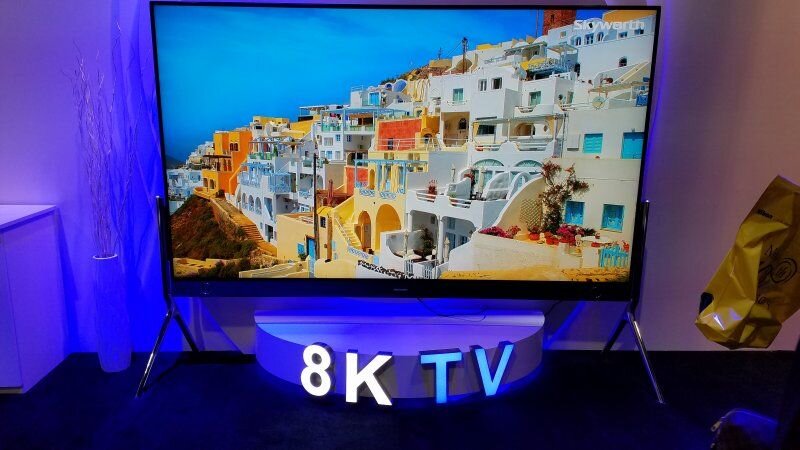



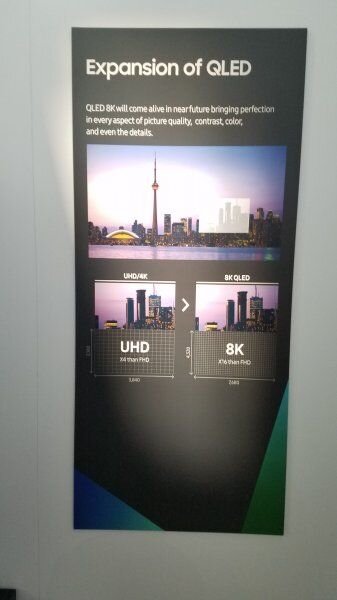
This was simply amazing from Sony. You have to see in person to appreciate. It was a 32' x 9', 8K x 2K resolution screen. It is designed for commercial use but was told some big shooter individuals are interested in this for home use (smaller size of course). As it was displayed, it is made up of 144 individual 16' x 18' panels that seamlessly blend together (no bezel or virtually no noticeable framing-except if the screen was all white and you stand at an angle to see some panel reflections). Sony said they have to professionally install and this one is over $3M dollars to install. The interesting thing is when the price comes down one could simply use as many panels as they need to create a more reasonable sized display. Told the software understand the configuration and knows how to drive the video to display properly. Specs say you could go up to 1,440 panels. Really impressive.

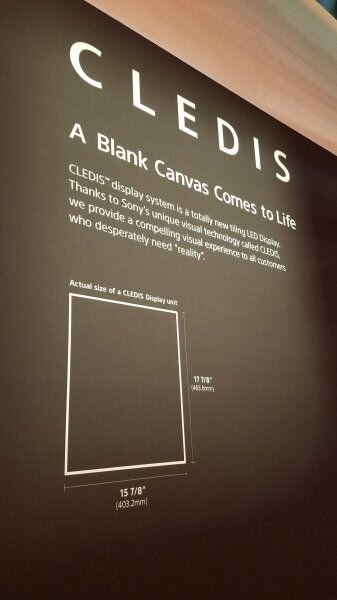
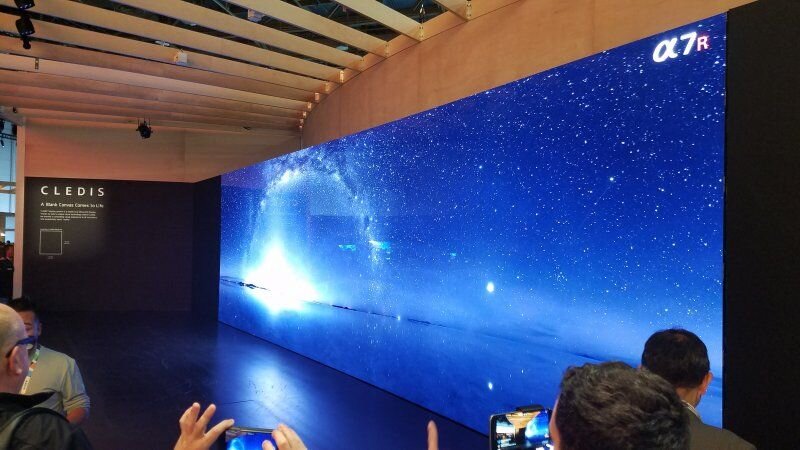
https://blog.sony.com/press/sony-re...-technology-with-a-new-canvas-for-creativity/
Sony OLED:

Robots:
One would think we as humans are doomed a lot faster than we ever imagined with all these sweet to just plain scary robots we are creating to replace us.










These buggers are just the smaller versions of the ones that will take over. Here doing their victory dance.

TV:
8K is coming. From many different vendors, too





This was simply amazing from Sony. You have to see in person to appreciate. It was a 32' x 9', 8K x 2K resolution screen. It is designed for commercial use but was told some big shooter individuals are interested in this for home use (smaller size of course). As it was displayed, it is made up of 144 individual 16' x 18' panels that seamlessly blend together (no bezel or virtually no noticeable framing-except if the screen was all white and you stand at an angle to see some panel reflections). Sony said they have to professionally install and this one is over $3M dollars to install. The interesting thing is when the price comes down one could simply use as many panels as they need to create a more reasonable sized display. Told the software understand the configuration and knows how to drive the video to display properly. Specs say you could go up to 1,440 panels. Really impressive.



https://blog.sony.com/press/sony-re...-technology-with-a-new-canvas-for-creativity/
Sony OLED:

Part III
Personal/Home:
No longer will we have a "dumb" bedroom:



Get your DJ on. Love the booty checking look on the girl in the green dress:


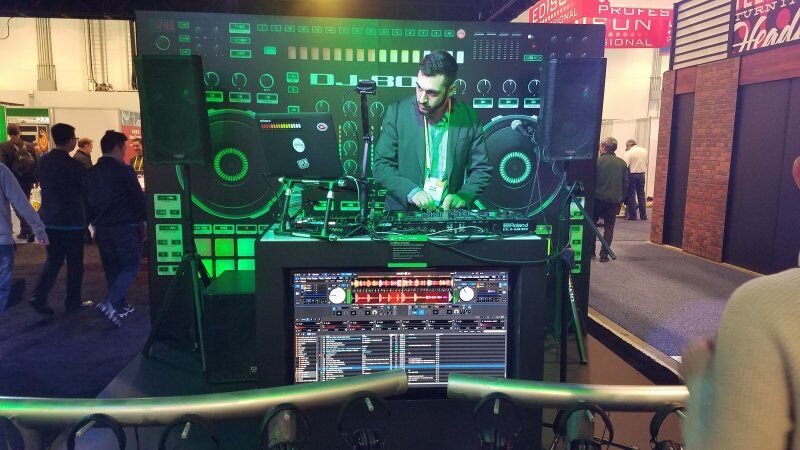
Grow your own food...or whatever:

Record the girls at the beach when you stare at them:

A smart vinyl record?? Blasphemy.
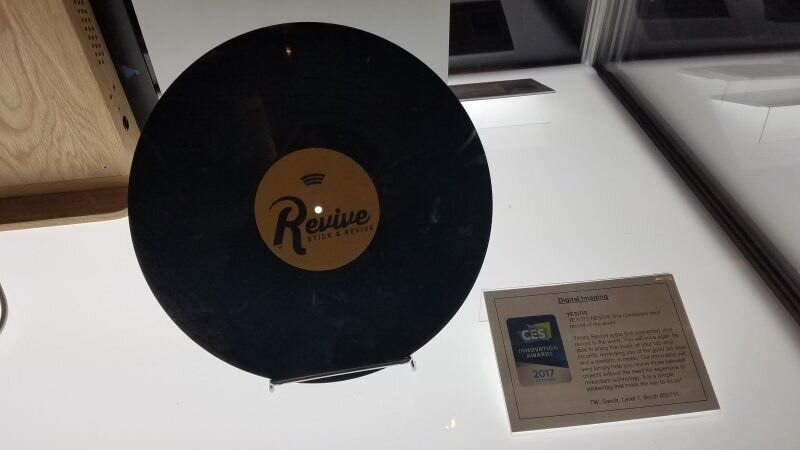
Sleep pods for when the robots take over.



or just some hugs:

The one camera all robots will use??

As if walking was too hard:


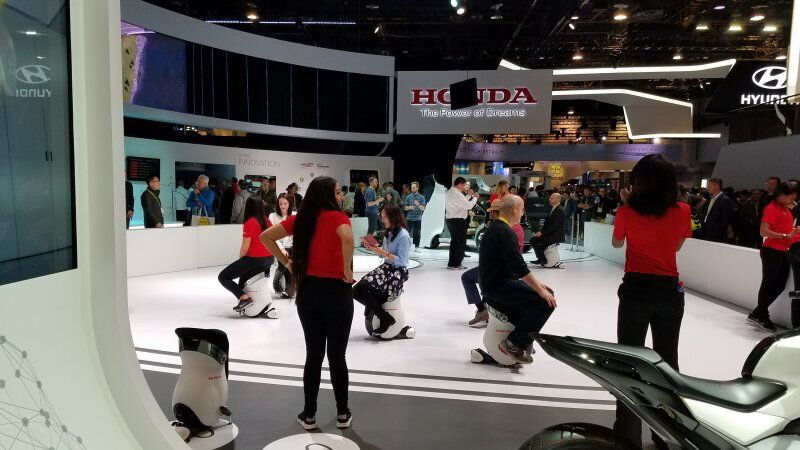
I have to say, the music and the flow kept me watching this for waay longer than I felt comfortable with. Soothing in an odd sort of way.
Too much VR stuff to post. But this represents almost all of the VR zombie people soon to be stepping out of reality:

Two washers and two dryers in one. No more excuses guys:

Personal/Home:
No longer will we have a "dumb" bedroom:



Get your DJ on. Love the booty checking look on the girl in the green dress:



Grow your own food...or whatever:

Record the girls at the beach when you stare at them:

A smart vinyl record?? Blasphemy.

Sleep pods for when the robots take over.



or just some hugs:

The one camera all robots will use??

As if walking was too hard:



I have to say, the music and the flow kept me watching this for waay longer than I felt comfortable with. Soothing in an odd sort of way.
Too much VR stuff to post. But this represents almost all of the VR zombie people soon to be stepping out of reality:

Two washers and two dryers in one. No more excuses guys:

Last one.
Weird sh*t:
For those fans of the TV show Person of Interest. It's happening:

(not-so) Future purchase for many of us here:

When hearing loss is not a worry of yours:

Cheerleading. Need I say more?

Not at the show, but saw this driving down Las Vegas Blvd. Wonder how much further it went before it and the driver were crushed by a truck:

Zombie making machine?

I...don't know what to say. But they do have a catchy website address at the bottom:

Also didn't know that Einstein's junk had anything interesting to say...let alone even spoke. He had some mad talents.

Oh, I have some DNA:

Smart hairbrush. Why??
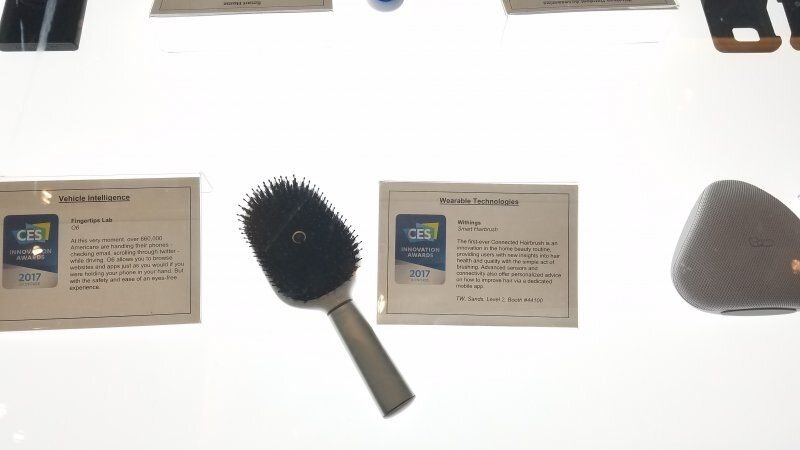
For those poor children whose parents rather spent the night drinking than playing with them:

I checked. No one accidentally mistook one for a real bathroom...but this guy was eyein' it pretty hard:


Smart connected clothes. Wait, what?

Weird, but cool. Speaker levitated:
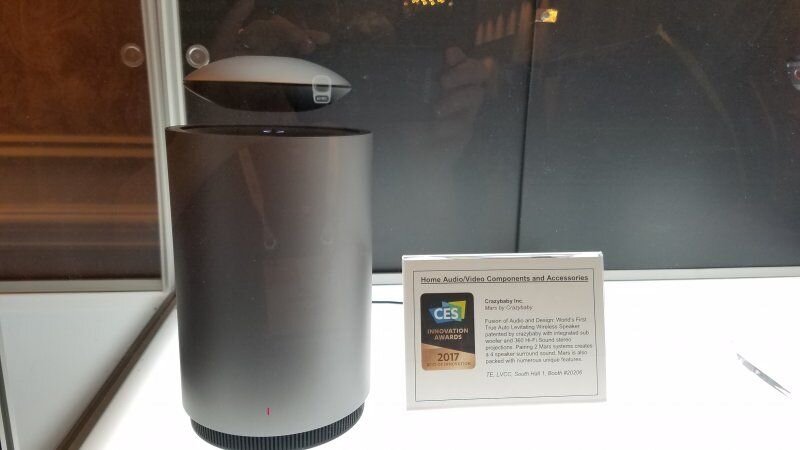
OK, so what do painted girls have to do with selling sunglasses? Nothing. But thought you would enjoy this:


For those afraid of tattoo pain:

And finally, the future of dating ala Tinder:
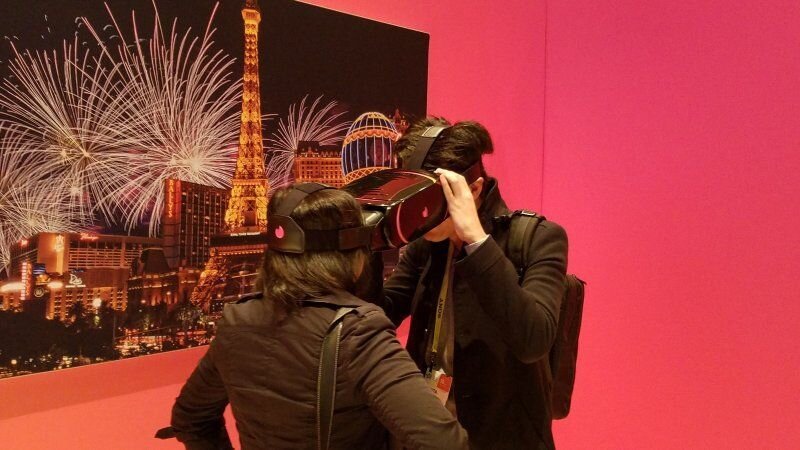
Weird sh*t:
For those fans of the TV show Person of Interest. It's happening:

(not-so) Future purchase for many of us here:

When hearing loss is not a worry of yours:

Cheerleading. Need I say more?

Not at the show, but saw this driving down Las Vegas Blvd. Wonder how much further it went before it and the driver were crushed by a truck:

Zombie making machine?

I...don't know what to say. But they do have a catchy website address at the bottom:

Also didn't know that Einstein's junk had anything interesting to say...let alone even spoke. He had some mad talents.

Oh, I have some DNA:

Smart hairbrush. Why??

For those poor children whose parents rather spent the night drinking than playing with them:

I checked. No one accidentally mistook one for a real bathroom...but this guy was eyein' it pretty hard:


Smart connected clothes. Wait, what?

Weird, but cool. Speaker levitated:

OK, so what do painted girls have to do with selling sunglasses? Nothing. But thought you would enjoy this:


For those afraid of tattoo pain:

And finally, the future of dating ala Tinder:

...and if you ever do get to Vegas for CES or any other reason and are a car guy, check out the Petty Experience for muscle cars. Take the extra vacation day. They have them for stock cars and "dream" cars as well. The muscle car one is pretty affordable and I believe is only at the Las Vegas Motor Speedway. The other experiences are offered at various other tracks. I'm a Dodge guy and took the Challenger Hellcat up to 150MPH top speed (although you have to look at the dash to confirm as their sensors don't always register at the right speed points and only showed 132MPH as top). Yep, almost crapped my pants.
https://www.pettymusclecar.com/
https://www.pettymusclecar.com/
It depends entirely on the phone model (since Samsung alone makes around 10 Android models) but the point is that you can choose a lesser resolution when you want/need and not have to worry about in-phone manual editing to reduce the size. As I said earlier, there are iPhone camera apps that will do this as well, but why omit it from the included app?Since I don't have a Samsung phone, what is their picture file size for the full-resolution?
On Android it is arguably less important as many of the Android devices support memory expansion. I have a 128GB microSD in my $99 Tracfone.



